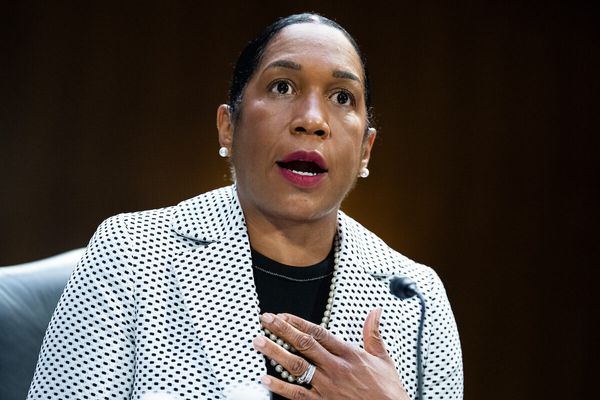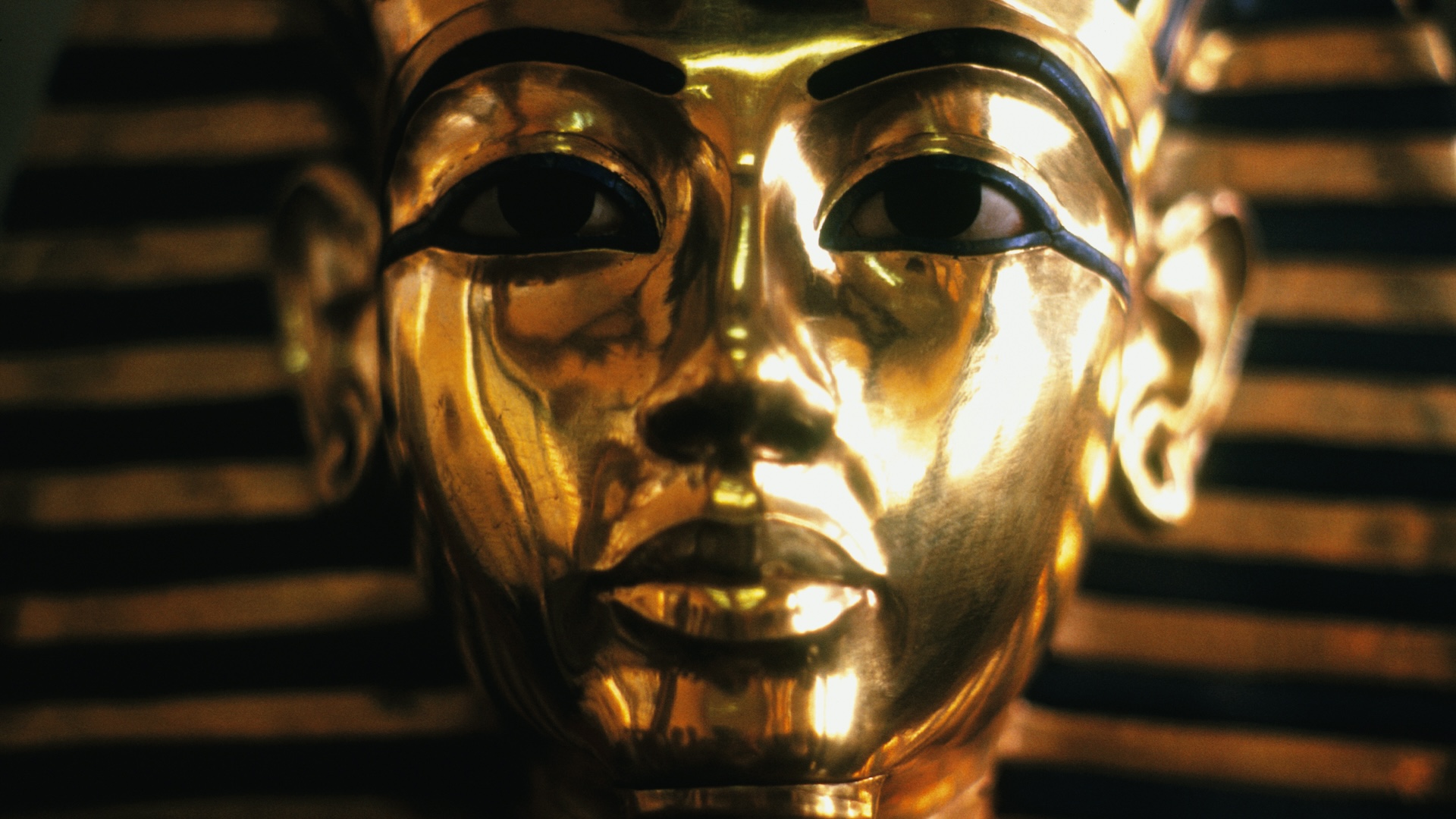
Location: Egypt, other parts of North Africa and the Middle East
Dates: 3100 B.C. to 30 B.C.
Writing: Hieroglyphics, a writing system that uses pictures; hieratic, a quicker type of "cursive"; and demotic, a written short-form script
Ancient Egypt's gods: Osiris (the god of the underworld who was resurrected), Amun-Ra (the god of the sun), Isis (the goddess of healing and magic), Horus (a falcon-shaped god of war and the sky), Maat (the goddess of order) and many others
Ancient Egypt was an influential kingdom in North Africa and the Middle East for thousands of years. Ancient Egyptians were ruled by a leader called a pharaoh and worshipped many different gods.
Today, we can still see traces of this culture in archaeological sites and museums all over the world, as well as in modern pop culture, such as movies and books. Ancient Egypt is best known for the pyramids of Giza, the giant Sphinx, and mummies. However, the early Egyptians also left behind other ancient clues that we can use to learn about their daily lives, including their preserved temples, scrolls, statues, tools, pottery, jewelry, weapons and even their burials.
In fact, it was such a significant civilization that people who study ancient Egyptian history have a special name: Egyptologists. Keep reading to learn all about why ancient Egypt was so influential.
5 fast facts about Ancient Egypt
- Ancient Egyptian pyramids were sometimes tombs for pharaohs and other important people.
- Because hieroglyphics were complicated to write, ancient Egyptians invented cursive versions called hieratic and demotic.
- The Book of the Dead was an ancient Egyptian manual for how to travel through the afterlife.
- Pharaohs wore different kinds of headgear to symbolize their power. The most famous of these were striped headcloths called "nemes."
- Ancient Egyptians sometimes mummified their pets, including pet cats, dogs and monkeys, and even other animals, like crocodiles, fish and beetles.
Everything you need to know about Ancient Egypt
When did ancient Egypt start and end?
Humans have lived in Egypt for at least 400,000 years, so it's tricky to establish exactly when the ancient Egyptian civilization began. However, because around 3100 B.C. — or 5,100 years ago— Egypt unified under a pharaoh and the writing system of hieroglyphics emerged, Egyptologists commonly use this date as the starting point. Ancient Egyptian history is usually divided into "dynasties" — time periods when a specific family of pharaohs ruled over the kingdom. Around 30 dynasties ruled over ancient Egypt, and the first pharaoh of the first dynasty might have been a ruler named Menes. Cleopatra is considered the last pharaoh. She died in 30 B.C. That means the ancient Egypt civilization lasted around 3,000 years.
Who built the ancient Egyptian pyramids?
People might claim that the Egyptian pyramids were built by aliens, or even the inhabitants of Atlantis. But that's not true — they were built by people thousands of years ago.
A pharaoh named Djoser ordered the construction of a "step pyramid" (a pyramid that looks like it has giant steps on its walls) around 4,600 years ago. The pharaoh Snefru ordered the construction of the first true pyramid around 100 years after that.
Though pharaohs ordered the pyramids to be constructed, the pharaohs didn't build the pyramids themselves. A team of workers moved the giant bricks that make up the pyramids. Egyptologists aren't sure exactly who the workers were, but they may have been farmers or a professional construction crew.
Why did the Egyptians build pyramids?
Most pyramids were royal tombs where the mummies of pharaohs and other important people, like nobles and government officials, were buried when they died.
Mummification was a complex ritual that took 70 days. Priests dried out the body of the person who died with salt and wrapped it in linen cloth before conducting the "Opening of the Mouth" ceremony, in which a priest touched different parts of the mummy with a special instrument. The ancient Egyptians believed this allowed the person to use their senses in the afterlife.
Then, the mummies were placed in a coffin and the coffin was put in a special room in the pyramid called the burial chamber. Ancient Egyptians also buried "grave goods" with the people who had died — valuable objects they could use in the afterlife.
Who are the most famous pharaohs?
The most famous pharaohs are perhaps Ramesses II and Tutankhamen. But others — including Cleopatra, Hatshepsut and Ptolemy I Soter — accomplished great things.
Hatshepsut was a woman who reigned from 1473 to 1458 B.C., or about 3,500 years ago. She ruled on behalf of her young stepson and nephew for several years before officially becoming a co-ruler in 1473, and one of the few known female pharaohs. She ordered important building projects, including a great temple at Deir el-Bahari, and established good relationships with a nation called the land of Punt, which probably existed somewhere in northeastern Africa.
Tutankhamun, also known as King Tut, reigned from 1336 to 1327 B.C., roughly 3300 years ago. He is known more for the famous discovery of his extravagant tomb than for anything he did. He inherited the throne when he was just 9 or 10 and died at just 18 or 19 years old.
Ramesses II, also known as Ramesses the Great, inherited the throne in 1279 B.C. after his father died. He was perhaps the most powerful ancient Egyptian ruler; he vastly expanded the Egyptian empire and built many large monuments. He also reigned for more than 60 years, dying in 1213 B.C.
Ptolemy I Soter was a general of Alexander the Great and started the last dynasty of Egypt — the Ptolemies, which included Cleopatra — before the Roman Empire took over. When Alexander the Great died in what is now Iraq, Ptolemy moved Alexander's body more than 1,000 miles (1,600 kilometers) — about the distance from Washington, D.C., to Miami — to start a new city in Egypt, called Alexandria. He reigned from 367 to 282 B.C., or about 2,300 years ago.
Cleopatra, who reigned from 51 to 30 B.C., was the last pharaoh and perhaps one of the most famous female rulers of all time. She convinced the Roman emperor Julius Caesar to help put her in power, during which she ruled over Egypt, parts of Libya and regions of the Middle East.
What was the religion of ancient Egyptians, and what did it say about the afterlife?
Ancient Egyptians worshipped many different gods and goddesses. The most important ones included Osiris (the god of the underworld who was later resurrected), Amun-Ra (the god of the sun), Isis (the goddess of healing and magic), Horus (a falcon-shaped god of war and the sky) and Maat (the goddess of order).
Ancient Egyptians believed that pharaohs were related to the gods, and religion played a role in all aspects of life. They also believed in the existence of life after death. When someone died, they were turned into mummies and buried with tools to help them navigate and live comfortably in the afterlife.
Part of the journey in the afterlife included weighing their soul on a scale — if the soul was lighter than a feather, it meant the person had committed more good deeds than bad deeds and was allowed to continue.
Ancient Egypt pictures
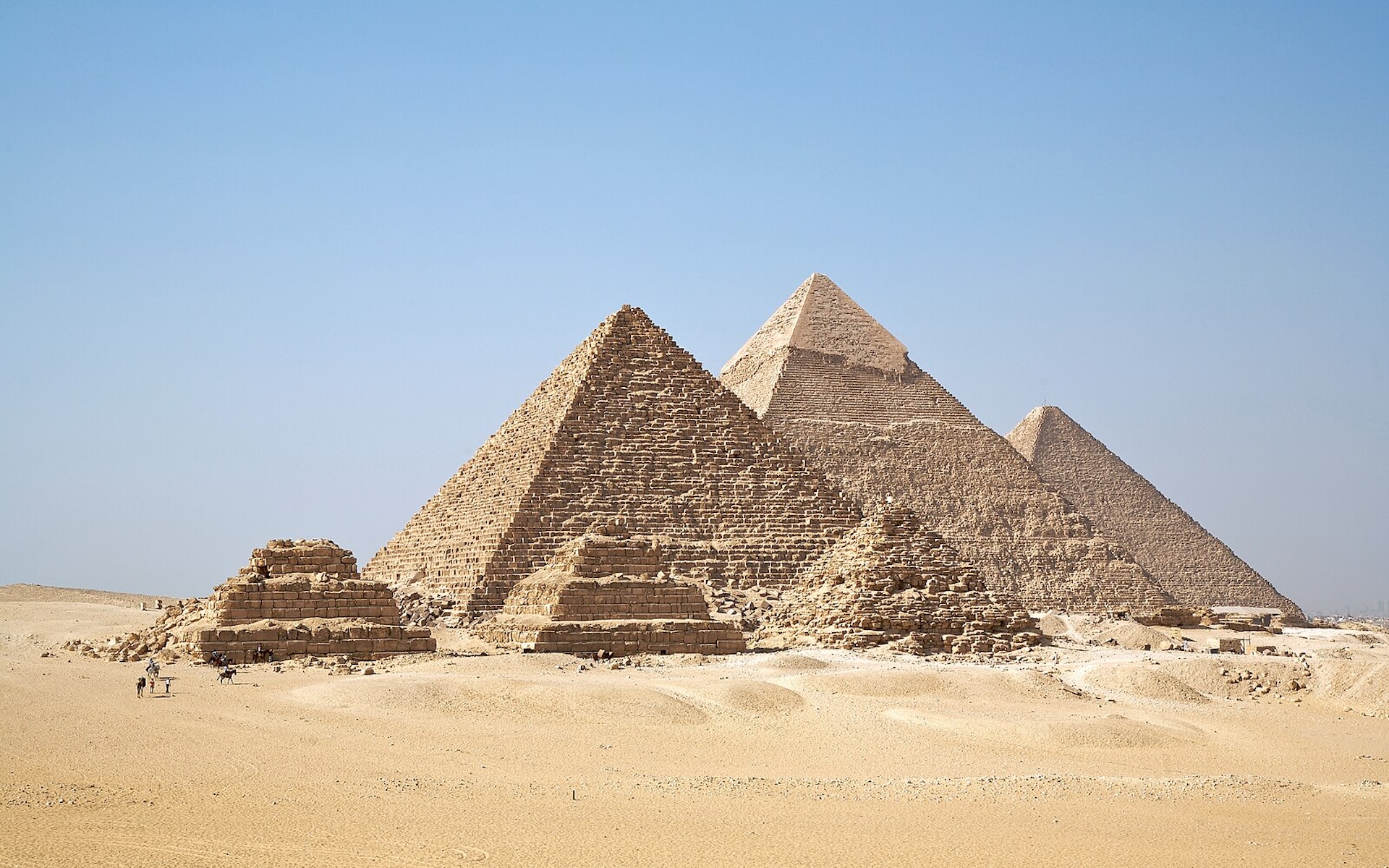
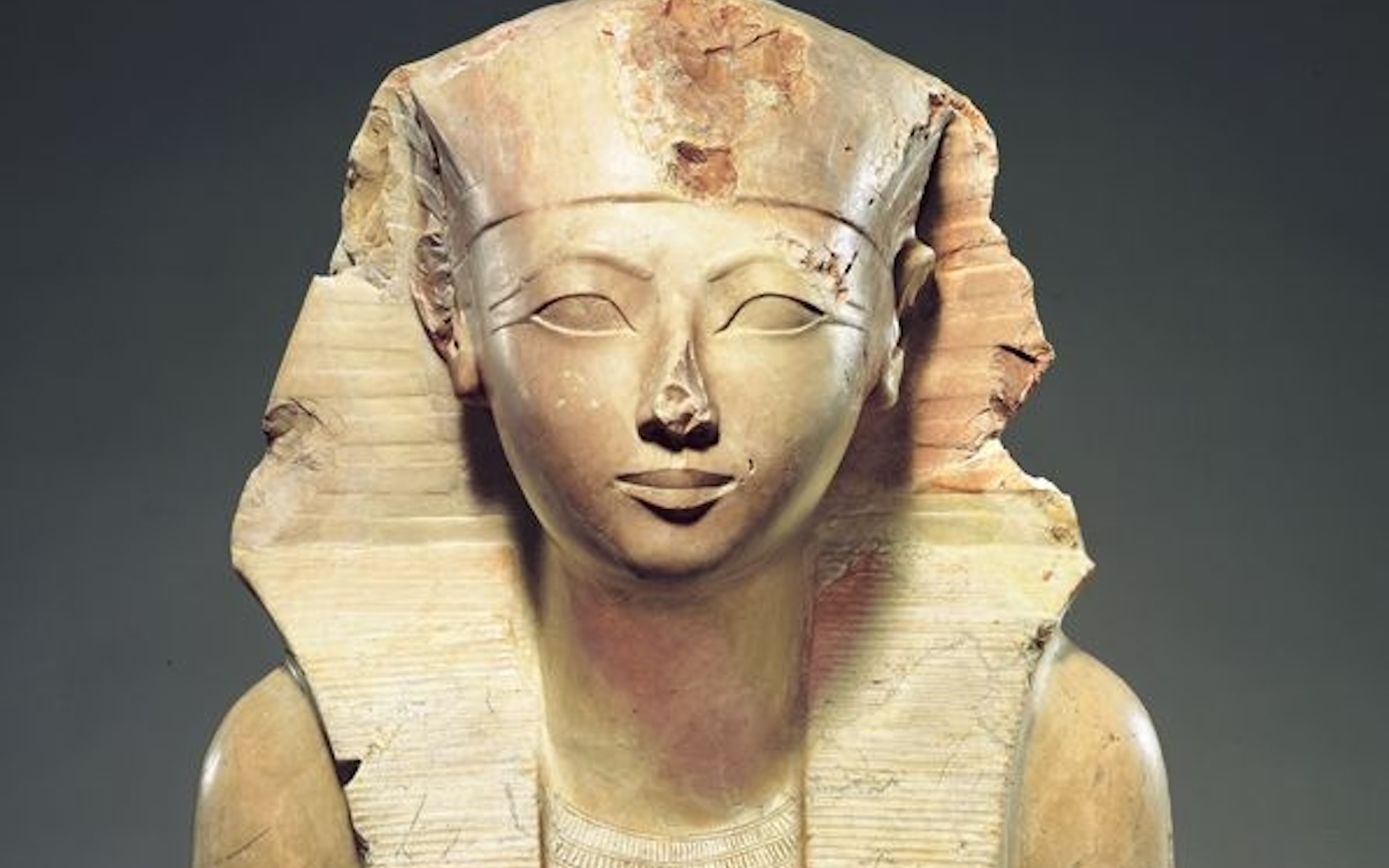
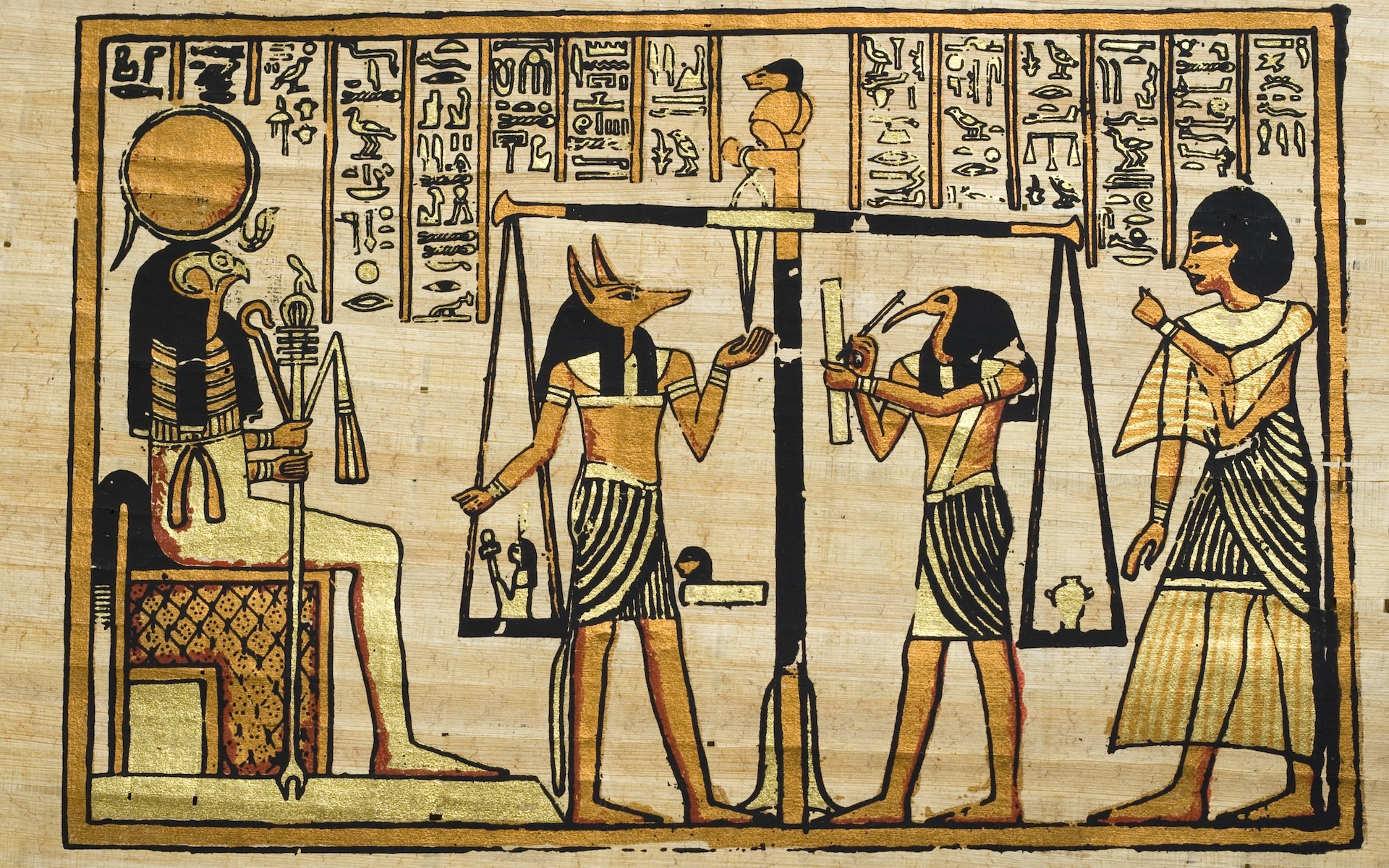
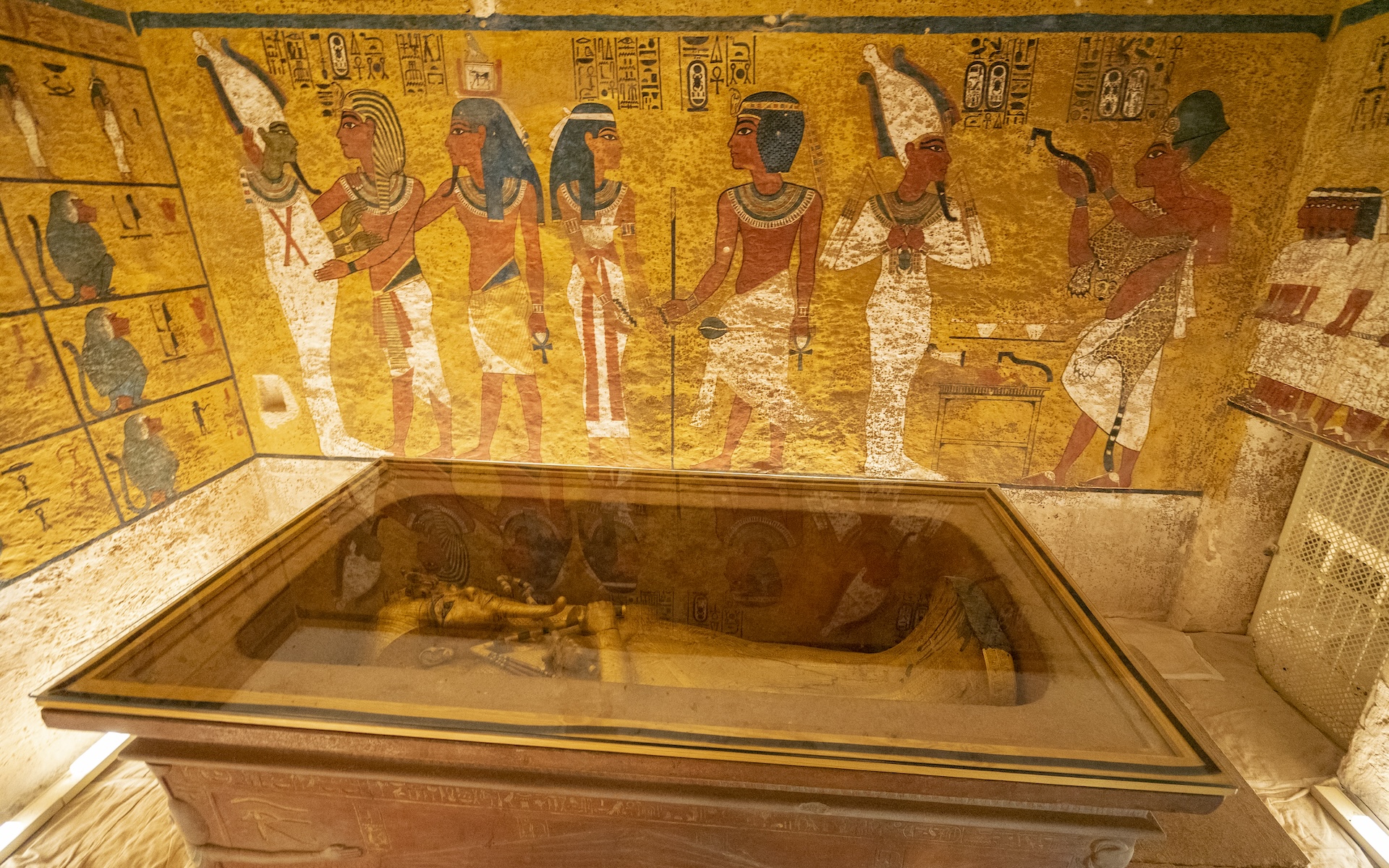
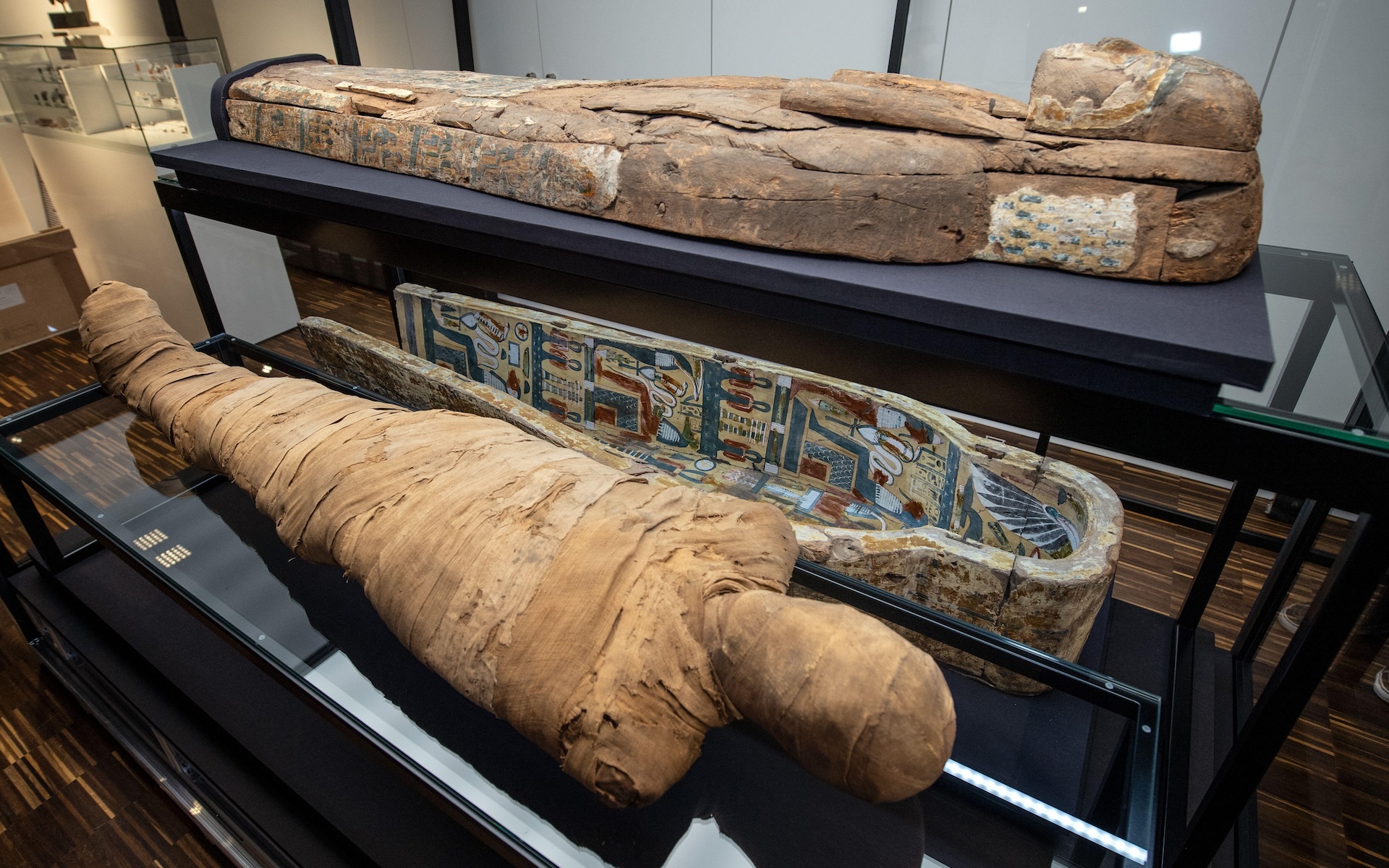
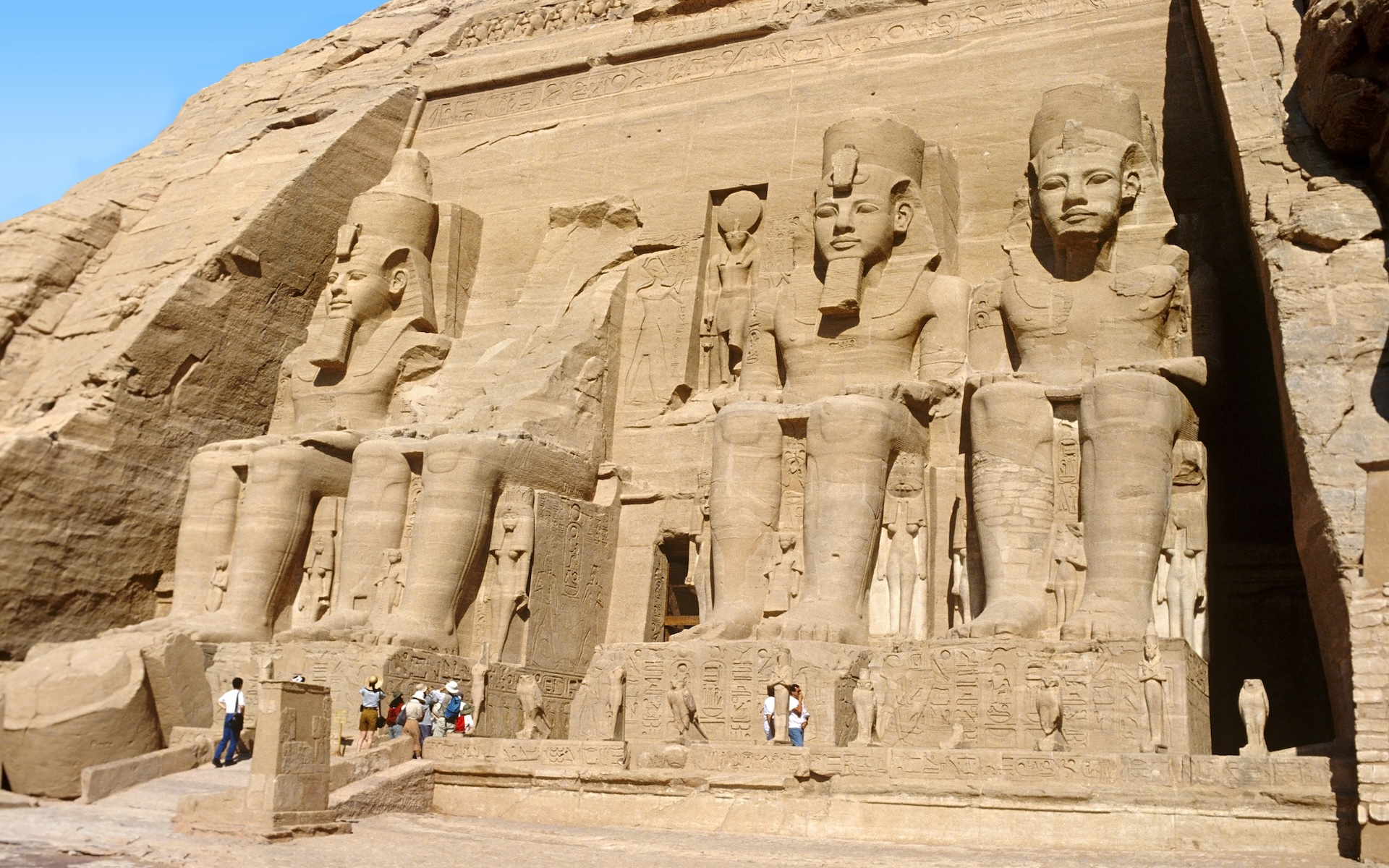
Discover more about Ancient Egypt
—Ancient Egypt: History, dynasties, religion and writing



